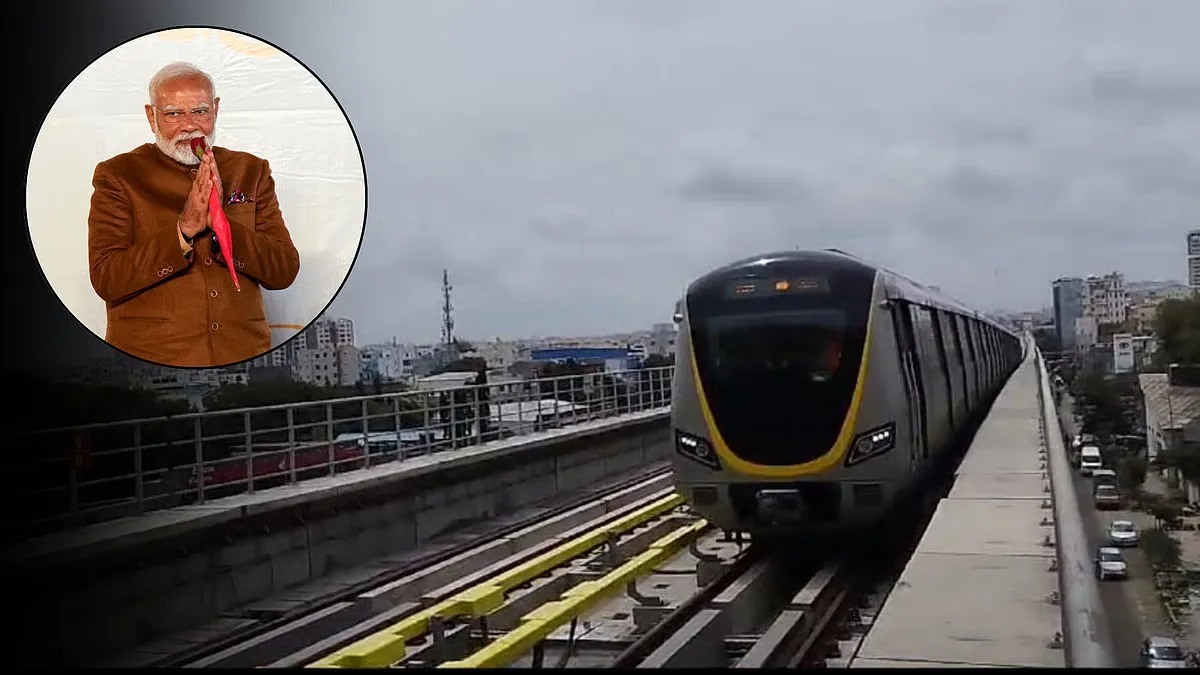 Image Source: UrbanAcres
Image Source: UrbanAcres
Prime Minister Narendra Modi is set to give Bengaluru’s much-awaited Yellow Line of the Namma Metro its grand debut on August 10, 2025, in what is hailed as a transformative leap for the city’s public transport and urban mobility. After years of anticipation and repeated delays, the launch will mark a historic moment for India’s IT capital—aimed at slashing traffic snarls, reducing daily commutes, and boosting economic as well as environmental well-being.
The Event: A High-Profile Flag-Off
The inauguration ceremony, to be attended by senior Union and state government dignitaries, will also include the laying of the foundation stone for Phase-3 of the city’s metro project—a mammoth 44.65km expansion with a budget of ₹15,611 crore, aligning with the Prime Minister’s vision of modern, smart cities and green mobility.
New Yellow Line: Big Numbers, Bigger Promise
-
Length: 19.15km, the latest addition to Bengaluru’s expanding metro network.
-
Stations: 16, stretching from RV Road in the city to Bommasandra in the far south.
-
Investment: ₹5,056 crore outlay.
-
Commuter Impact: Expected to benefit nearly eight lakh passengers daily and provide vital links directly to IT hubs, commercial zones, and residential clusters.
-
Gamechanger Junctions: Among its stations, Central Silk Board, Jayadeva Hospital, and Infosys Foundation Konappana Agrahara will serve as major interchange hubs, connecting commuters seamlessly to the city’s Green, Pink, and Blue lines for future-proof connectivity.
-
Frequency & Trains: The line will initially be operated using new, state-of-the-art driverless, communications-based train control (CBTC)-equipped trains at a frequency of every 25 minutes—with plans to ramp up to five-minute intervals during peak hours by March 2026.
-
Key Features: Fully elevated line, advanced safety and passenger comfort features, and pioneering use of Made-in-India rolling stock in partnership with global suppliers.
Why Is the Yellow Line Such a Big Deal?
Bengaluru’s notorious traffic congestion is the stuff of urban legend—especially in and around the Silk Board junction, a regular nemesis for residents and professionals. The Yellow Line runs directly through these bottlenecked corridors, offering an invaluable mass transit alternative for the city’s IT and industrial workforce. Public transport advocates say the new line could cut commute times in half for thousands, ease road gridlock, and advance environmental goals by lowering vehicle emissions.
The anticipation is palpable. As BJP MP Tejasvi Surya stated, “This metro line will serve almost eight lakh daily commuters and, together with Phase 3, benefit nearly 25 lakh people in Bengaluru South. Public transport is the only long-term solution to the city’s traffic woes. PM Modi’s personal push made this deadline a reality”.
Community and Economic Impact
Economic Growth: Improved metro access is expected to boost commercial and residential property values, create new business opportunities, and enhance ease of living in one of Asia’s fastest-growing cities.
Social and Environmental Gains: Reduced congestion means cleaner air, safer streets, and a smaller carbon footprint—contributing to Karnataka’s climate goals.
Wider Connectivity: The line will eventually link up with future Metro phases, commuter rail, and major bus corridors, powering a truly multimodal urban network.
Overcoming Hurdles: Delays and Delivery
The Yellow Line’s journey was far from smooth—initially expected to open in 2021, it faced postponements due to construction issues and rolling stock procurement delays. The project overcame a supply shortfall from China’s CRRC by partnering with Kolkata-based Titagarh Rail Systems to manufacture trains locally, underscoring the ‘Make in India’ initiative.
Recently, the line received crucial safety certification from the Commissioner of Metro Railway Safety (CMRS), allowing for commercial operations to begin. The phased approach will ensure a smooth start, with three driverless trains running every 20 minutes initially.
What Next? Foundation of Metro’s Future
Along with the Yellow Line’s launch, PM Modi will also lay the foundation for Phase 3—a major extension of the Bengaluru Metro, targeted to further improve interconnectivity and reach emerging city districts. City officials and citizens alike hope these milestones signal a new era where Bengaluru can finally shed its traffic “choke” image and evolve into a global benchmark for urban mobility.
Relevant Sources: The Hindu Business Line, Economic Times, Financial Express, Deccan Herald, Wikipedia, Business Standard, News18, Hindustan Times, Deccan Herald
Advertisement
Advertisement



